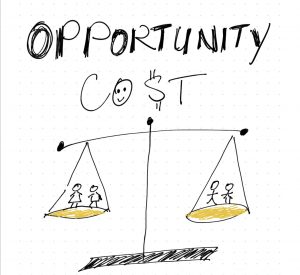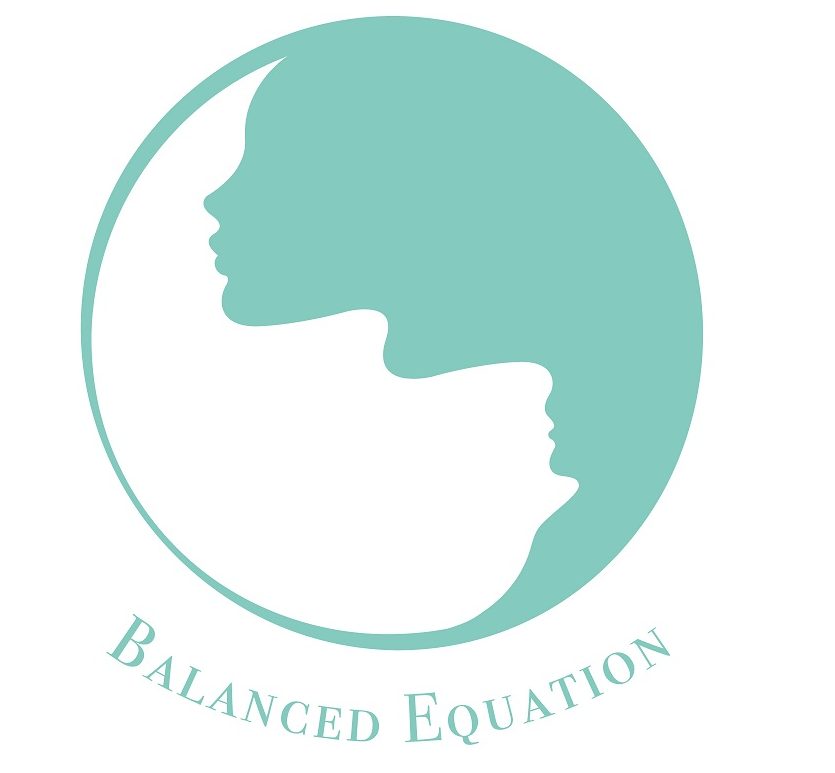
I have been asking myself questions on gender equality, and what’s the point for it, right?
Recently, I bumped into an article that excites so much that i couldn’t pass it on the opportunity to share. In the article of Value of Diversity by Lagerburg, she analyzed all the companies listed in the US S&P 500, India CNX 200, and UK FTSE 350. The analysis indicates that majority of companies (94%) have executive and non executive female board members. While this is an encouraging number, the following number pinches my heart. Only 35 out of the S&P 500 have female in the executive board, which is a heartbroken 7% of all. 45 out of 200 in the India CNX and 47 out of 350 in the FTSE 350.
Hey, don’t be disappointed by the number just yet. The research further analyzes that there is a tremendous opportunity behind those numbers, a $655 billion increase of return over investment if the executive board has at least one female executive.
What’re the recommendation?
Lagerbur has a few recommendations based on her study. She uses a three-prone approach, click on each tag to view more:
Companies
Investors
Governments
Companies
Companies should go beyond having non executive members only. Having female executive board members provides a diversified decisions making process, which helps boost performance financially as well as other non financial measures such as moral, stability, etc.
Investors
As investors and/or stakeholders of any organization, now that you understand the value of diversity in a company, it’s time to put pressure to ensure there is a diversified executive board. Let me extend beyond diversity in terms of gender, but also other important factors such as ethnic background, age, view points, and any other socio-cultural factors.
Governments
When a public policy focuses on gender equality, it nourishes the entire population. Policy makers should be mindful of how policies can impact groups and individuals. Adding diversity into the policy making process will definitely bring positive outcomes. For example, the Canadian government has established principles
- Gender equality must be considered as an integral part of all Global Affairs Canada policies, programs and projects. Addressing gender equality requires that women’s views, interests and needs shape the development agenda as much as men’s, and that the development agenda supports progress toward more equal relations between women and men.
- Achieving gender equality requires the recognition that every policy, program and project affects women and men differently. Women and men have different perspectives, needs, interests, roles and resources-and those differences may also be reinforced by class, race, caste, ethnicity or age. Policies, programs and projects must address the differences in experiences and situations between and among women and men.
- Achieving gender equality does not mean that women become the same as men. Equality means that one’s rights or opportunities do not depend on being male or female.
http://international.gc.ca/world-monde/funding-financement/policy-politique.aspx?lang=eng
So, we now know the value of diversity can be translated into financial incentive and even productivity. What’s next? we ought to continue to bring this important topics. Maybe one day, there will be a gender equality index for the publicly trade companies around the world, measuring the companies’ financial performance against their equality indicators.
To obtain a full copy of the research paper, click here
